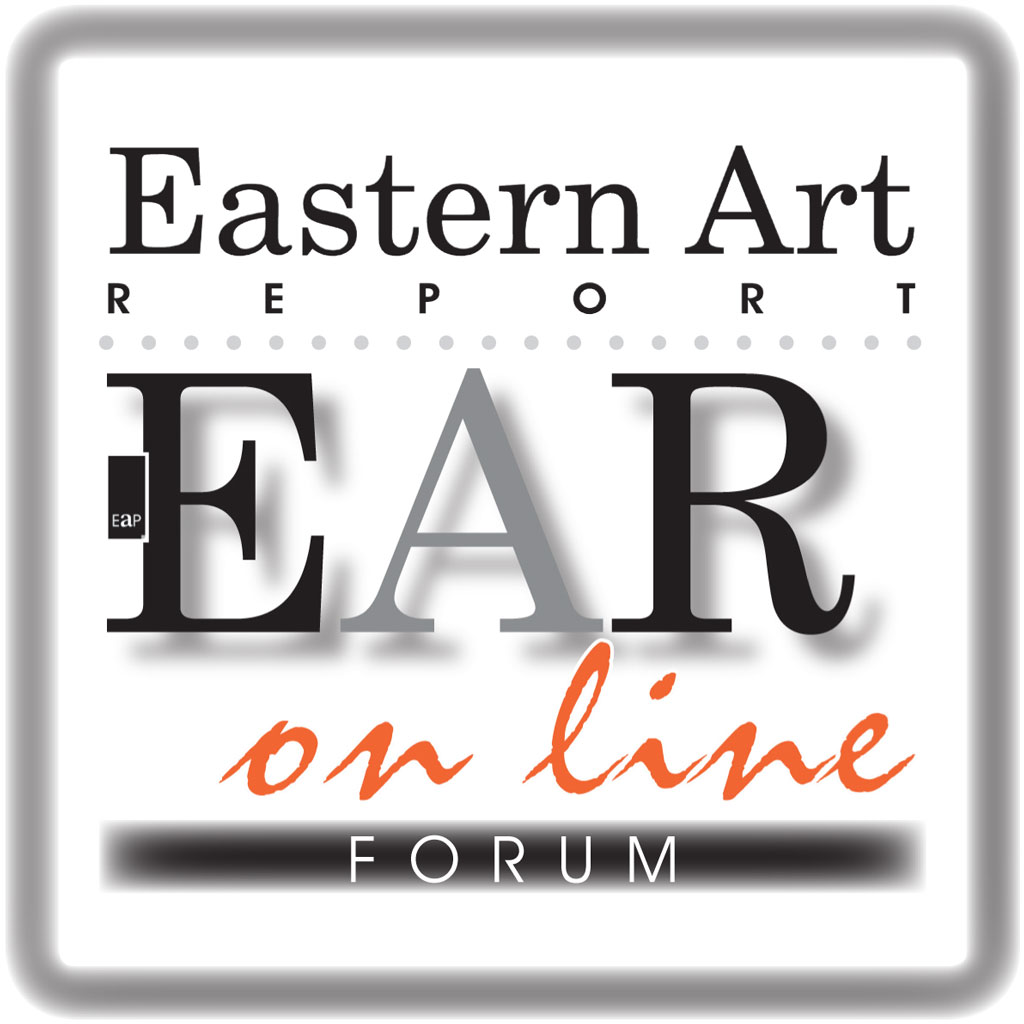Column to volume: Formal innovation in Chamba statuary, by Richard Fardon and Christine Stelzig, investigates the appearance on world art markets during the 1970s of statues identified as Chamba from West Africa. Sought after for their artful execution, these statues were stylistically unlike anything previously documented from the region. Are they what the art market claimed? Who made them, when, where and why? Buy this book
 To answer these questions Richard Fardon and Christine Stelzig had to combine the findings of ethnographic research in Cameroon and Nigeria with museum and archival research and the testimonies of art dealers and collectors.
To answer these questions Richard Fardon and Christine Stelzig had to combine the findings of ethnographic research in Cameroon and Nigeria with museum and archival research and the testimonies of art dealers and collectors.
Profusely illustrated, Column to volume offers a comprehensive account of an important sculptural tradition in West Africa, as well as fascinating insights into the tribal branding, distribution, and copying, of African art works during the 1970s.
Identifying formal innovation in what had been described as a ‘tribal’ tradition, not least by tracing the individual sculptor responsible for the most valued Chamba statues, this account by Fardon and Stelzig will transform readers’ appreciation of Chamba sculpture.
More than this, their collaboration provides an instructive example of a fresh kind of inter-disciplinary and multi-sited investigation that integrates local contexts of use, collection histories, art markets and formal artistic appreciation to reflect the local and global contexts through which African artefacts circulated during the 20th century. Buy this book
Table of Contents
[Abridged, see below options to download the full TOC, Series Editors’ Note and Richard Fardon’s Preface] Buy this book
1 | Introduction – a formal conundrum
2 | Volumetric statuary – a contemporary inventory
3 | Chamba under colonial regimes
4 | Columnar statuary – a historical inventory
5 | Resumé – columnar and volumetric statuary: form
6 | Chamba statuary in use
7 | Volumetric statuary – the innovator and his emulators
8 | In the African-art-world
9 | Conclusion – from column to volume — and back?
Tables
Bibliography
Index | Buy this book
About the Authors
Richard Fardon, professor of anthropology in the University of London, teaches West African ethnography and anthropological theory at the School of Oriental and African Studies. He was for eight years Chairman of the University of London’s Centre of African Studies and is currently editor of the journal AFRICA. His forthcoming books include a companion volume to this, concerned with the masquerades of the Chamba and their neighbours, also to be published in the Afriscopes series.
Before attending the University of Leipzig where she received her doctorate, Christine Stelzig studied cultural anthropology and African history in Munich and Paris. She worked as an assistant for ethnographic museums in Munich, Paris and Berlin, and currently is active as an independent curator of African Art exhibitions. Dr Stelzig is the author of journal articles on African art, histories of collection and historical photographs. Her recent book, in German, is entitled Africa in the Berlin Museum of Ethnography 1873-1919. Acquisition, representation and construction of a continent. Buy this book
Downloads
Series Editors’ Note
Column to Volume Table of Contents
Column to Volume Preface
Africanist William Fagg celebrated at conference
William Fagg and the Study of African Art, an international conference at the Courtauld Institute of Art, celebrates Africanist William Buller Fagg (28 April 1914–10 July 1992) and his arguably immense contribution to the study and (perhaps equally important) appreciation of African art in Britain and elsewhere. Fagg was the Keeper of the Department of Anthropology at the British Museum (1969–1974) and, as it transpired, a pioneering historian of Yoruba and Nigerian art, with a particular focus on the art of Benin, diversifying later as...
read more




